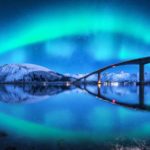The fascinating spectacle of the northern lights is among the most impressive natural phenomena we can experience on our planet. The glowing displays of color in the night sky captivate people from all over the world, often leaving them gazing upwards in awe for hours. But how do these magical lights form? Where and when can you best observe them? And how do you plan a successful trip to see the northern lights? In this article, you will learn everything you need to know about this breathtaking natural spectacle and how to maximize your chances of experiencing it with your own eyes.
See the Northern Lights
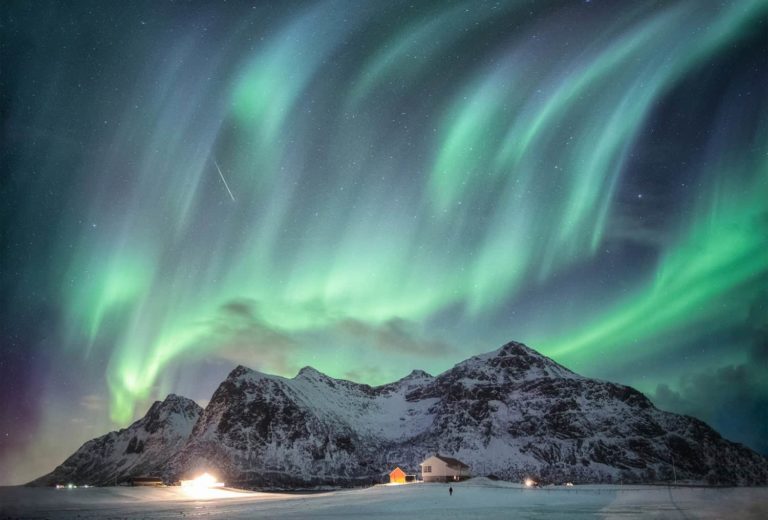
How do northern lights form?
The formation of the aurora begins with our sun. The sun continuously emits charged particles in the form of what is called the solar wind in all directions. When these charged particles encounter the Earth’s magnetic field, they are directed toward the poles. There, they enter the Earth’s atmosphere and collide with oxygen and nitrogen atoms.
These collisions cause the atoms in the atmosphere to become excited and move to a higher energy state. When they return to their original energy state, they release this energy in the form of light – this is how the northern lights are created.
The colors of the northern lights depend on which atoms the solar particles collide with:
Green northern lights are created by collisions with oxygen atoms at lower altitudes.
Red northern lights are produced by oxygen atoms at higher altitudes.
Blue and violet tones are created by collisions with nitrogen atoms.
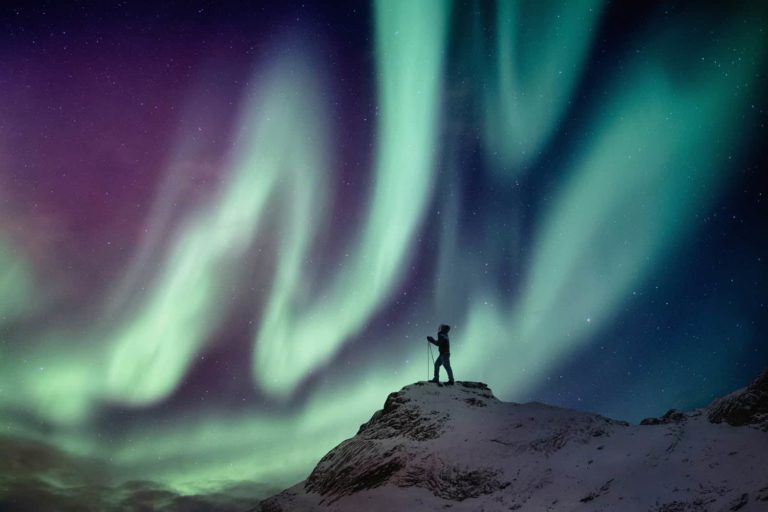
Where can you best observe the northern lights?
The question “Where to see the northern lights” is best answered by looking at a world map. Since the charged particles are directed toward the Earth’s magnetic poles, the polar regions are the best places to observe this spectacle. Specifically, this means:
The best places for northern lights in Europe:
Norway: Especially the region around Tromsø, the Lofoten Islands, and the North Cape offer excellent conditions.
Finland: Northern Lapland with places like Rovaniemi, Ivalo, and Inari.
Sweden: Abisko National Park is considered one of the best places in the world for observing the northern lights.
Iceland: The entire island offers good chances, especially away from the light pollution of Reykjavik.
Svalbard (Spitsbergen): The northernmost option with a very high probability of sightings.
Other top regions worldwide:
Canada: Especially in the Northwest Territories and Yukon.
Alaska: The region around Fairbanks offers excellent conditions.
Greenland: Especially in the area around Kangerlussuaq.
Southern Hemisphere: In Australia, New Zealand, or southern Argentina, you can observe the southern lights (Aurora Australis).
Surprisingly, during particularly strong solar storms, northern lights can sometimes be seen even in Germany. According to experts, there are on average about 10 to 20 sightings per year here, with the years 2024 to 2026 expected to offer especially good chances due to the solar cycle.

Northern lights when? The best time to travel
The question “When to see the northern lights” is crucial for a successful observation. Two factors play an important role here: the time of year and the time of night.
The best time of year:
The optimal period for observing the northern lights is between September and March. During these months, the nights in the northern regions are long and dark enough to clearly see the lights in the sky. In summer, however, the nights in the polar regions are too bright (midnight sun), which greatly limits the visibility of the northern lights.
The best time of night:
Northern lights can occur at any hour of the night. However, the most active period is often between 10 p.m. and 2 a.m. So it’s worth turning night into day when you’re hunting for the aurora.
Aurora forecast: Increasing your chances
A good aurora forecast can help you maximize your chances of a successful sighting. Various factors influence the likelihood of seeing the northern lights:
The KP index:
The KP index measures geomagnetic activity on a scale from 0 to 9. The higher the value, the greater the chance of seeing the northern lights. From a KP value of 3, there are already good chances of seeing auroras in Iceland or northern Scandinavia. For sightings in Germany, values of 7 or higher are usually required.
Solar activity:
Solar activity follows an approximately 11-year cycle. In years of high solar activity, more and stronger solar eruptions occur, which in turn can produce more intense northern lights. According to experts, we are currently in a phase of increasing solar activity, with a maximum expected between 2024 and 2026.
Helpful apps and websites:
There are various apps and websites that offer aurora forecasts:
“Aurora” – shows the probability of seeing the northern lights at your location
“Aurora Alerts” – provides notifications when aurora activity increases
“Nordlichtmelder” – displays an interactive 3D map with current sightings
These tools take into account factors such as the KP index, solar wind speed, and local weather conditions to provide the most accurate forecast possible.
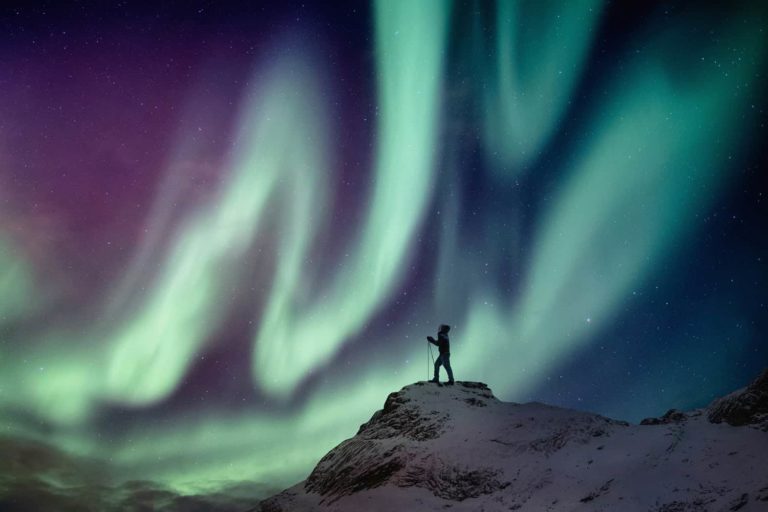
Tips for Successful Northern Lights Viewing
To maximize your chances of seeing the northern lights, you should keep the following tips in mind:
Choosing the location:
Look for a place with as little light pollution as possible.
Ideally, go north of big cities or to rural areas.
Along the North or Baltic Sea, there is hardly any light pollution to the north.
Elevated locations offer a better view of the horizon and less ground fog.
Direction to look:
Look north! Most northern lights appear on the northern horizon.
Use the constellation “The Big Dipper” and the North Star, which is always in the north, as orientation.
During very strong auroras, they can also appear directly above you at the zenith or even move as far south as the southern horizon.
Weather conditions:
Clear skies are essential – clouds will block the northern lights.
Check the weather forecast for your observation spot.
Plan enough time to wait for cloud-free periods.
Equipment:
Warm clothing is essential, as viewing can take a long time.
A flashlight with red light preserves your night vision.
A comfortable chair or sleeping mat makes observing easier.
Hot drinks in a thermos help keep you warm.
Just like watching fascinating butterflies in our gardens, observing the northern lights also requires patience and the right timing to experience this natural spectacle in all its glory.

Photographing the Northern Lights
If you want to capture the magical spectacle of the northern lights for eternity, you’ll need the right equipment and technique:
Camera Equipment:
A camera with manual settings (ideally a DSLR or mirrorless camera)
A fast wide-angle lens (ideally f/2.8 or faster)
A sturdy tripod
Remote shutter release or self-timer
Spare batteries (cold weather significantly reduces battery life)
Camera Settings:
ISO: Start with ISO 1600–3200 and adjust as needed
Aperture: Open as wide as possible (lowest f-number)
Exposure time: 15–30 seconds (longer exposures may create star trails)
Focus: Set manually to infinity (use bright stars to focus)
White balance: Auto or daylight
Practical Tips:
Set your focus before it gets dark
Take test shots and adjust your settings as needed
Compose your image with interesting foreground elements (trees, mountains, lakes)
Consider creating a time-lapse sequence
Observing the northern lights is a magical experience that captivates every nature lover. With the right planning, a bit of luck, and plenty of patience, you can witness this fascinating natural phenomenon with your own eyes.
Whether in Scandinavia, Iceland, Canada, or even Germany – the dancing lights in the night sky are a sight you will never forget. Use the tips in this article to maximize your chances and let yourself be enchanted by the magic of the aurora.
Much like the golden ratio, which creates harmonious proportions in nature and art, the northern lights show us the perfect harmony between the sun, the magnetic field, and the atmosphere of our Earth – a cosmic masterpiece that reveals the beauty and complexity of our planet.
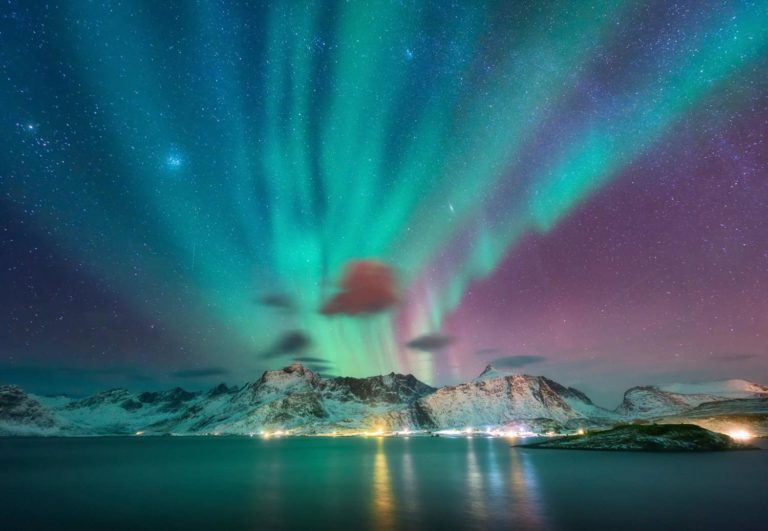
Frequently asked questions about seeing the Northern Lights
Northern lights are created when charged particles from the solar wind collide with the Earth’s atmosphere. These particles are directed by the Earth’s magnetic field toward the poles, where they collide with oxygen and nitrogen atoms in the atmosphere. During these collisions, the atoms become excited and, when returning to their ground state, release energy in the form of light. The colors vary depending on the type of atom and the altitude: oxygen atoms at lower altitudes produce green lights, at higher altitudes red, while nitrogen atoms are responsible for blue and violet tones.
Yes, under certain conditions auroras can also be observed in Germany. However, this is relatively rare and only occurs during particularly strong solar storms. On average, there are around 10-20 aurora sightings per year in Germany. The years 2024-2026 should offer particularly good opportunities due to the solar cycle. To see auroras in Germany, you should choose a location with as little light pollution as possible, ideally north of large cities or on the North Sea or Baltic Sea coast, and look northwards.
There are several useful apps and websites for aurora forecasts: The ‘Aurora’ app shows the probability of aurora sightings at your location as a KP value and as a percentage. ‘Aurora Alerts’ offers similar functions and can notify you of increased aurora activity. The ‘Northern Lights Detector’ app shows an interactive 3D map of the Earth with current sightings and allows users to report their own observations. Websites such as polarlicht-vorhersage.de provide detailed information on solar activity, X-ray flux and magnetometer data. These tools take into account factors such as the KP index, solar wind speed and local weather conditions.
The best time to go aurora viewing is between September and March, when the nights are long and dark in the northern regions. The best time of day is often between 10 pm and 2 am. The best places in Europe are northern Norway (Tromsø, Lofoten, North Cape), northern Lapland in Finland (Rovaniemi, Ivalo, Inari), the Abisko National Park in Sweden, Iceland and Svalbard. Canada (Northwest Territories, Yukon), Alaska (Fairbanks), Greenland and, for southern lights, the southern parts of Australia, New Zealand and Argentina also offer good opportunities. It is important to choose locations with minimal light pollution and the clearest possible skies.
For optimal aurora photos, you need a camera with manual settings, a fast wide-angle lens (ideally f/2.8 or faster) and a stable tripod. Recommended settings are: ISO 1600-3200 (depending on the camera model and light intensity of the auroras), aperture as wide open as possible (lowest f-value), exposure time 15-30 seconds and manual focus to infinity. Set the focus before nightfall, use bright stars or distant lights to focus. Take test shots and adjust the settings depending on the brightness of the aurora. Don’t forget spare batteries, as the cold significantly shortens battery life.
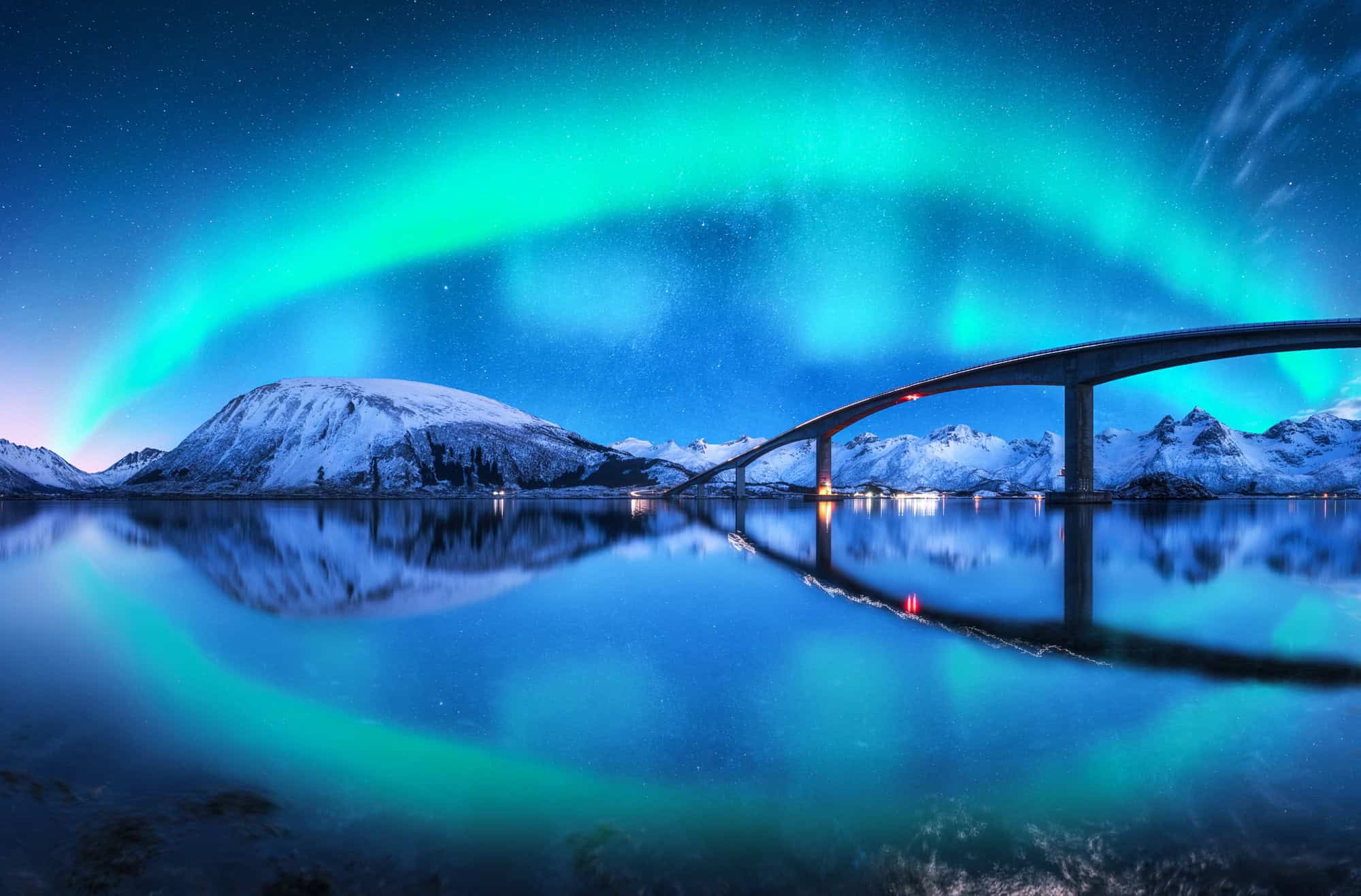
The fascinating spectacle of the northern lights is among the most impressive natural phenomena we can experience on our planet. The glowing displays of color in the night sky captivate people from all over the world, often
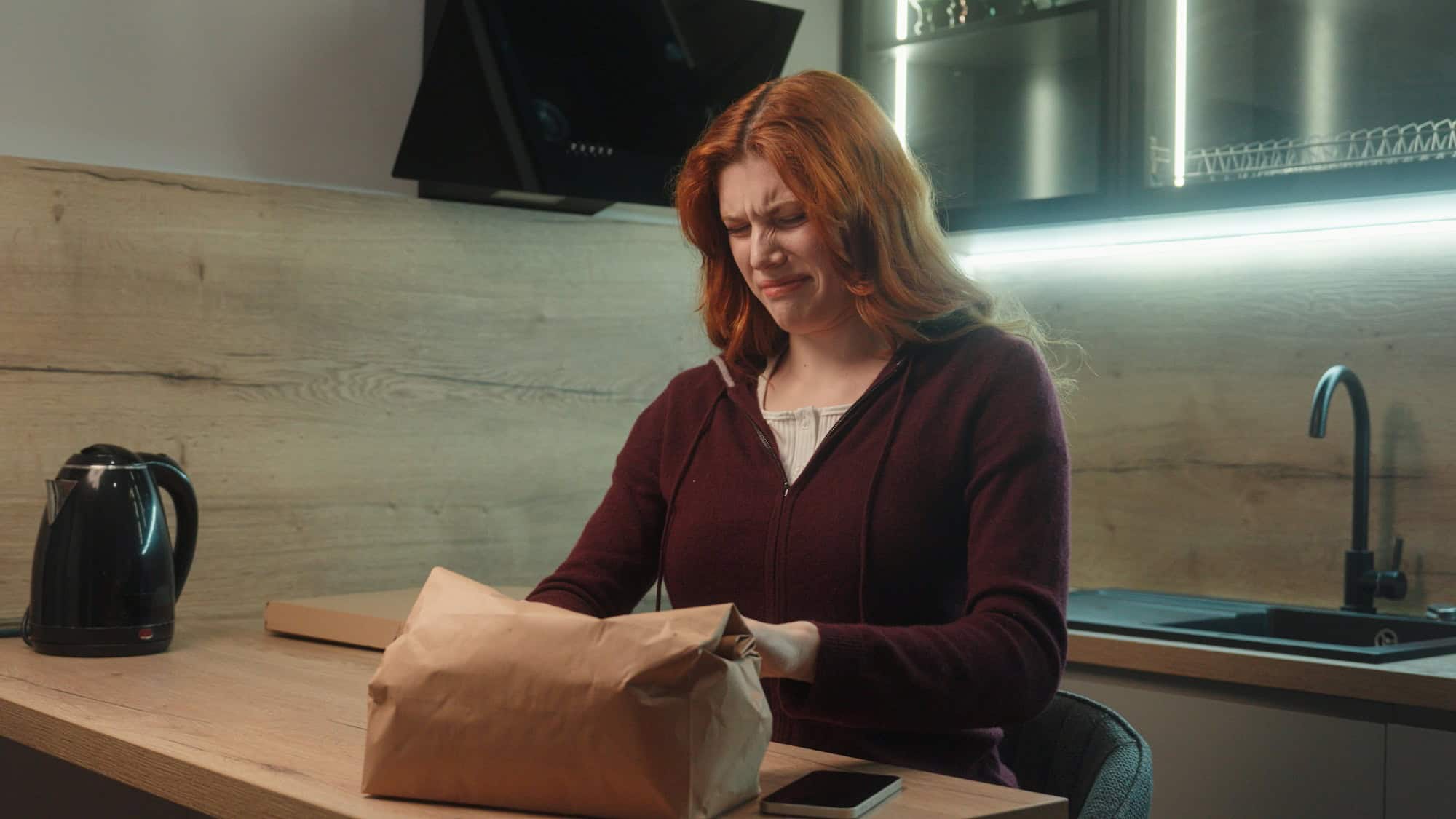
Do you have a musty smell in your apartment and don't know how to get rid of it? Don't worry, you're not alone. In this article, you will learn how to effectively eliminate the musty
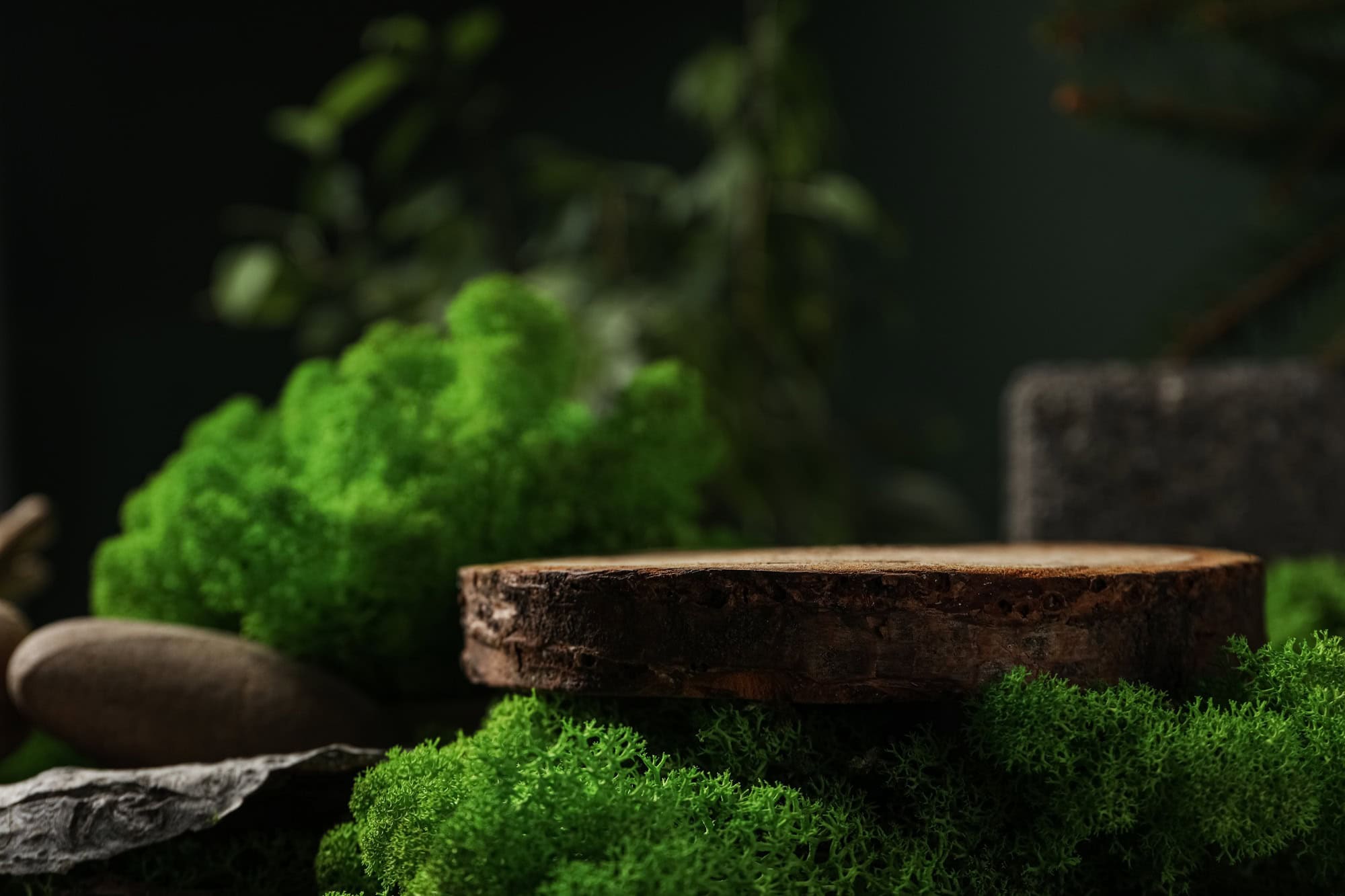
At a time when indoor air quality is becoming more and more of a focus, many people are looking for sustainable and effective air purification solutions. Although electronic air filters can remove pollutants from the

Are you looking for new ideas for your child's lunchbox? Here are 10 creative and healthy suggestions that provide variety and nutrients.The Essentials at a GlanceA balanced lunchbox filled with colorful, healthy ingredients promotes concentration

